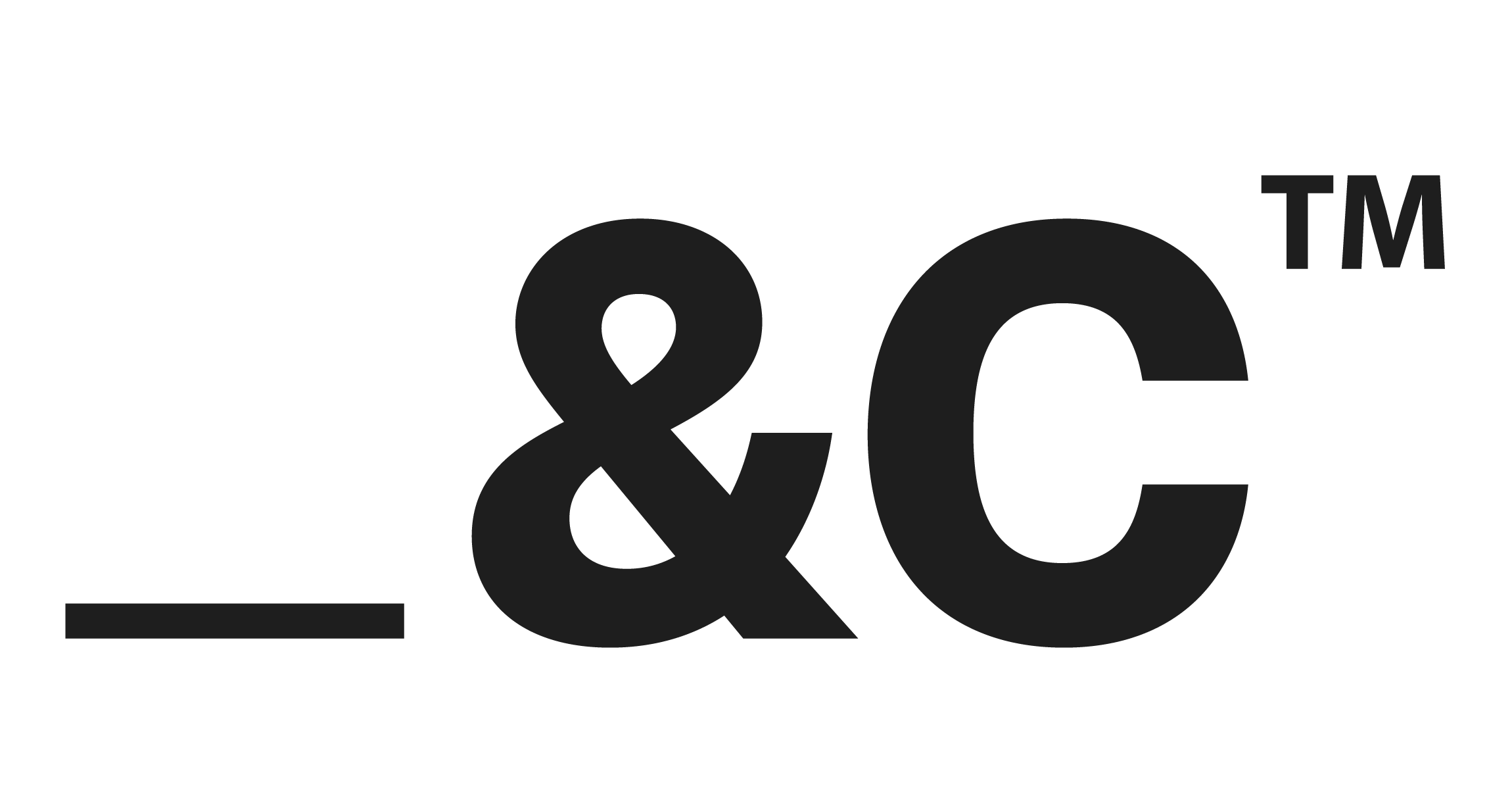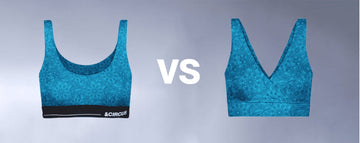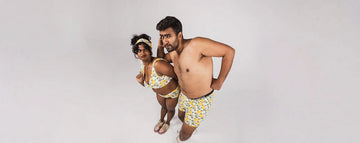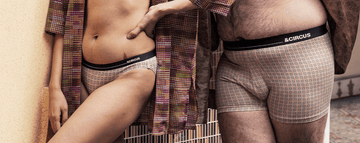Quick Listen:
Step into a bustling office on a crisp Monday morning. Gone are the predictable rows of suits and skirts. Instead, the space pulses with individuality: one colleague rocks a sharply tailored blazer paired with a flowing tunic, while another ties a vibrant scarf over a sleek jumpsuit. The atmosphere crackles with creativity, as if the workplace has morphed into a runway for self-expression. This isn't a daydream it's the future of fashion, where rigid gender norms fade, and inclusivity takes the spotlight. Gender-inclusive fashion is more than a trend; it's a cultural shift redefining identity, sustainability, and connection in the apparel industry.
For decades, fashion clung to the binary of menswear and womenswear, but that framework is crumbling. The global gender-neutral clothing market, valued at $2.1 billion in 2023, is set to reach $5.6 billion by 2032, growing at a robust 11.5% compound annual growth rate (CAGR). A separate report from ReportsnMarkets estimates an even larger market, pegged at $98.2 billion in 2023, with projections to hit $209.73 billion by 2031 at a 6.2% CAGR. What's behind this surge? A societal pivot, fueled by Millennials and Gen Z, who are dismantling traditional gender expectations and seeking clothing that mirrors their fluid identities.
A New Era in Fashion
Visit any major retailer today, and the change is palpable. Unisex collections are carving out space beside traditional gendered sections, with brands swapping men's and women's labels for inclusive sizing systems. This shift responds to a clear demand for fashion that frees consumers from outdated categories. Teen Vogue reports that 94% of respondents in a Highsnobiety survey are open to blending masculine and feminine styles, and half of Gen Zers globally have bought clothing outside their gender identity. Shoppers are sending a message: they want the liberty to define their style on their terms.
Social media is supercharging this movement. Platforms like Instagram and TikTok amplify voices advocating for gender inclusivity, from influencers modeling androgynous outfits to brands launching campaigns that celebrate diversity. A LinkedIn analysis notes that influencer culture has mainstreamed gender-neutral fashion, transforming niche concepts into coveted trends. Corporate commitments to diversity, equity, and inclusion (DEI) are also pushing brands to rethink their strategies, as highlighted in another LinkedIn post. The outcome is a fashion ecosystem where inclusivity is no longer optional it's a business necessity.
Leading this charge is Tailor and Circus, an Indian brand specializing in sustainable, gender-inclusive innerwear. Their products soft, breathable undergarments designed for a wide range of body types sidestep traditional gender classifications, prioritizing comfort and adaptability. By using eco-friendly materials and inclusive sizing, Tailor and Circus isn't just selling clothing; they're championing a vision of fashion that welcomes everyone.
Sustainability and Style in Harmony
Gender-inclusive fashion isn't only about dismantling gender barriers it's about forging a greener future. The LinkedIn analysis emphasizes sustainability as a key driver, with consumers favoring brands that produce versatile, durable pieces to curb waste. By design, gender-neutral clothing promotes mindful consumption: a single, thoughtfully crafted garment can serve multiple roles, reducing the need for overflowing closets and disposable fast fashion.
Tailor and Circus embodies this philosophy. Their innerwear, made from biodegradable fabrics, meets the rising demand for environmentally conscious options. As Fibre2Fashion points out, inclusive fashion nurtures a positive body image by embracing diverse identities. Clothing that fits a broad spectrum of bodies eases the pressure to conform to narrow beauty standards, fostering confidence and sustainable shopping habits.
Hurdles on the Path to Inclusivity
The journey to inclusivity isn't seamless. Legacy fashion houses, rooted in decades of gendered marketing, often resist change. Pushback can come from designers reluctant to abandon familiar patterns or from consumers hesitant to embrace new norms. Cultural resistance, especially in conservative markets, presents another obstacle, as gender-neutral fashion challenges entrenched traditions.
Sizing is a logistical challenge. Designing garments that fit diverse body types is complex, as the LinkedIn analysis underscores. Brands like Tailor and Circus address this with flexible sizing and stretchable materials, but scaling these solutions across the industry remains daunting. Consistency in fit across varied measurements while staying inclusive is a puzzle yet to be fully solved.
Educating consumers is another hurdle. Many still view fashion through a binary lens, and persuading them to adopt gender-neutral options demands effort. Brands must craft compelling narratives that connect emotionally. Vogue Business showcases this through model Rain Dove, who fronted Zalando's Free to Be campaign. By modeling both menswear and womenswear, Dove demonstrated fashion's power to transcend gender, building authentic connections with value-driven consumers.
The Business Advantage of Inclusion
Despite the challenges, gender-inclusive fashion is a savvy business strategy. By appealing to non-binary, gender-fluid, and socially aware consumers, brands can access a growing, underserved market. The Dataintelo report highlights how increasing acceptance of gender fluidity is boosting demand for inclusive clothing. In the U.S., a leading apparel market, cultural shifts are creating opportunities for innovative brands, per the LinkedIn analysis.
The benefits go beyond revenue. Inclusive practices build strong brand loyalty, particularly among younger consumers who value principles over products. When a brand like Tailor and Circus designs for all bodies, it sends a powerful signal: You are valued. This resonates, turning customers into vocal advocates who amplify the brand on social media. Additionally, gender-neutral product lines can lower production costs by reducing the need for multiple variations, all while appealing to a wide audience.
The Future of Fashion
What lies ahead? Experts foresee a wave of innovation, from AI-driven styling tools tailored to diverse bodies to adaptable fabrics that fit a range of shapes. The LinkedIn post on the U.S. market predicts growth through 2030, fueled by e-commerce expansion and personalized shopping experiences. Yet technology alone won't define the future collaboration will. Brands must partner with diverse communities, including non-binary designers and sustainability advocates, to keep innovating.
Gender-inclusive fashion is more than a passing phase; it's a paradigm shift. It's about crafting a world where everyone feels seen and valued, regardless of identity. Picture that vibrant office again bold accessories mingling with tailored suits, every outfit a statement of individuality. This isn't just about clothing; it's about opportunity. In that opportunity lies a future where every body, every identity, has a place to thrive.
Disclaimer: The above helpful resources content contains personal opinions and experiences. The information provided is for general knowledge and does not constitute professional advice.
You may also be interested in: Boxer Briefs vs Boxers: Which One Is Right For You?
Uncomfortable underwear shouldn't steal your confidence. At Andcircus, we craft ultra-soft, sustainable Lenzing Modal Micro innerwear for every body, XS to 5XL. From briefs to bras, our custom packs fit you perfectly. Shop risk-free with our 100% satisfaction guarantee and embrace comfort that includes everyone. #LoveEveryBody. Shop Now!







































